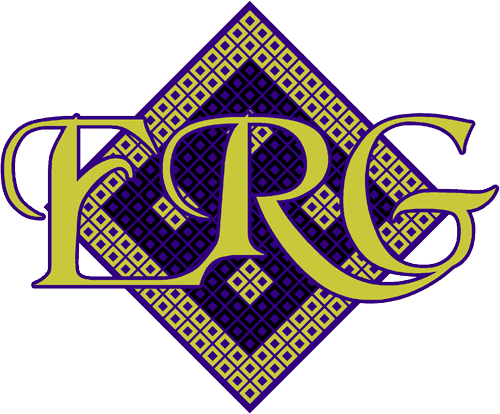Turkmen rugs, renowned for their captivating designs and cultural significance, hold a distinct place within the world of traditional weaving. These rugs are a manifestation of the Turkmen people's nomadic lifestyle and their artistic sensibilities, creating a unique blend of history and aesthetics. The designs featured on Turkmen rugs often comprise intricate geometric patterns, stylized animal motifs, and symbolic elements that convey a deeper narrative. These motifs not only showcase the weavers' exceptional craftsmanship but also reflect the tribal identity, beliefs, and values of the Turkmen communities. The famous "Guls," or medallion-like motifs, found in many Turkmen rugs, are often imbued with spiritual significance, representing concepts such as protection, unity, and harmony. The distinctive colour palette, predominantly rich reds and deep blues, signifies vitality and stability. Collectors and enthusiasts are drawn to Turkmen rugs not only for their visual allure but also for the stories they tell, connecting us to the past and preserving the cultural heritage of the Turkmen people.
To determine the specific design of the Turkmen rug you own, there are several key factors and characteristics you can observe:
- Motifs and Patterns: Examine the motifs and patterns present on the rug. Turkmen rugs often feature geometric designs, stylized floral motifs, and repeated medallion-like shapes known as "Guls." These motifs can vary in size, arrangement, and complexity, providing clues about the specific design.
- Colors: Pay attention to the colour palette used in the rug. Traditional Turkmen rugs typically use deep reds, blues, and earthy tones. The combination and arrangement of colours can help identify the region and style of the rug.
- Materials and Weave: Assess the materials and weave of the rug. Turkmen rugs are traditionally handwoven using wool, and the quality of the wool and the weaving technique can offer insights into the rug's origin and design.
- Borders and Edges: Study the borders and edges of the rug. Different Turkmen rug designs have distinctive border patterns and styles that can aid in identification.
- Region and Tribe: Research the rug's provenance, if available. Turkmen rugs come from various regions and tribes, each with their own design traditions. Knowing the general origin can narrow down the possibilities.
- Documentation and Expert Opinion: If you have any documentation or information about the rug's history, this can be valuable. Additionally, consulting with experts or professionals who specialize in rugs can help you identify the specific design and origin of your Turkmen rug.
- Comparisons: Compare your rug with known examples of Turkmen rug designs. Online resources, books, and museum collections can provide visual references for various Turkmen rug designs.
Keep in mind that identifying the exact design of a Turkmen rug might require a combination of these factors and potentially expert guidance. If you're interested in learning more about your rug, reaching out to a rug appraiser, collector, or a specialized rug dealer could provide you with valuable insights.
the chart below might give you a better insight!
